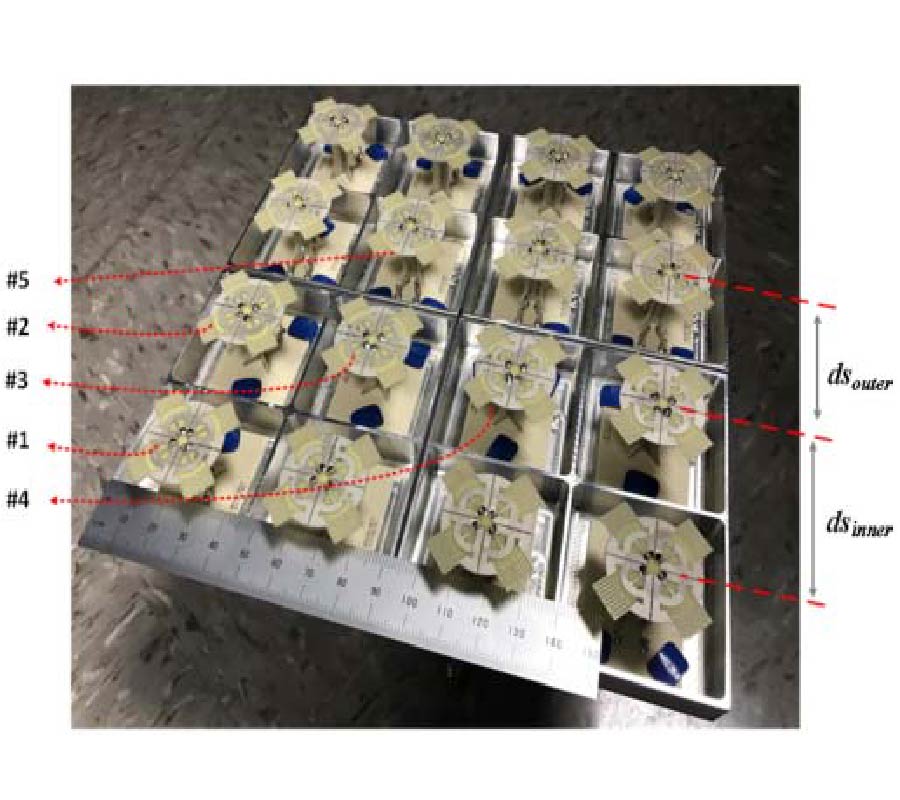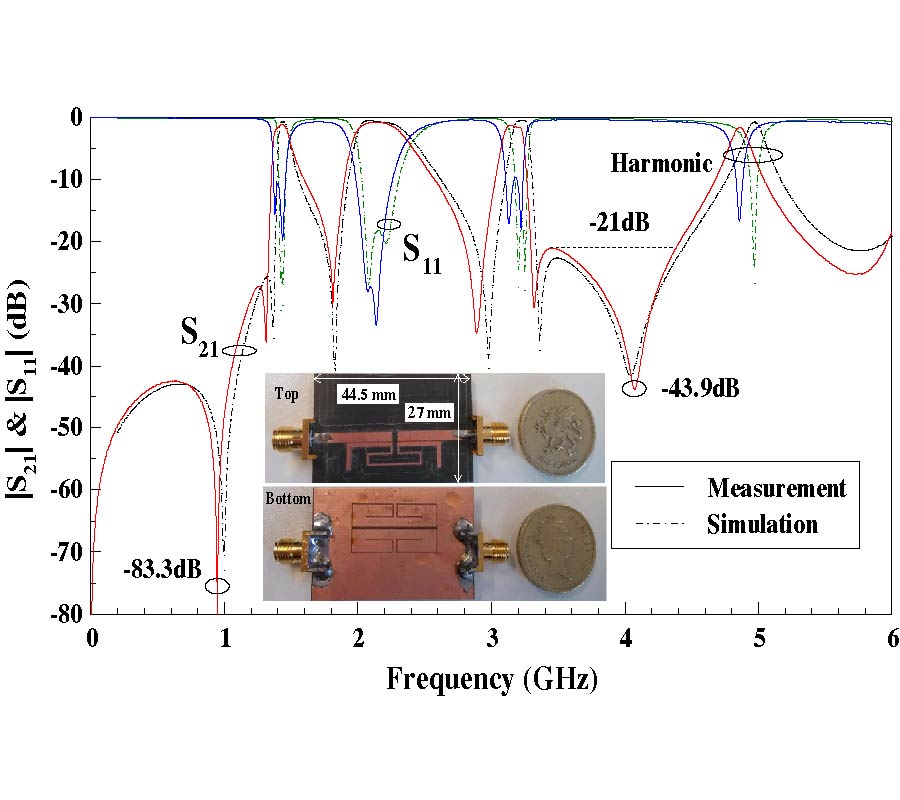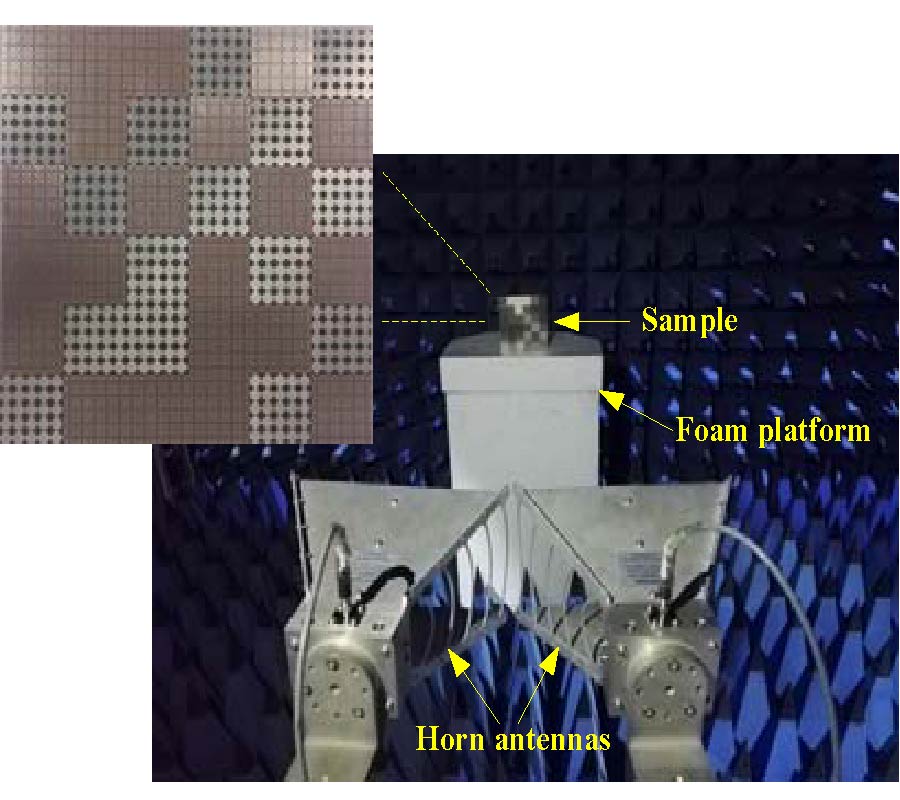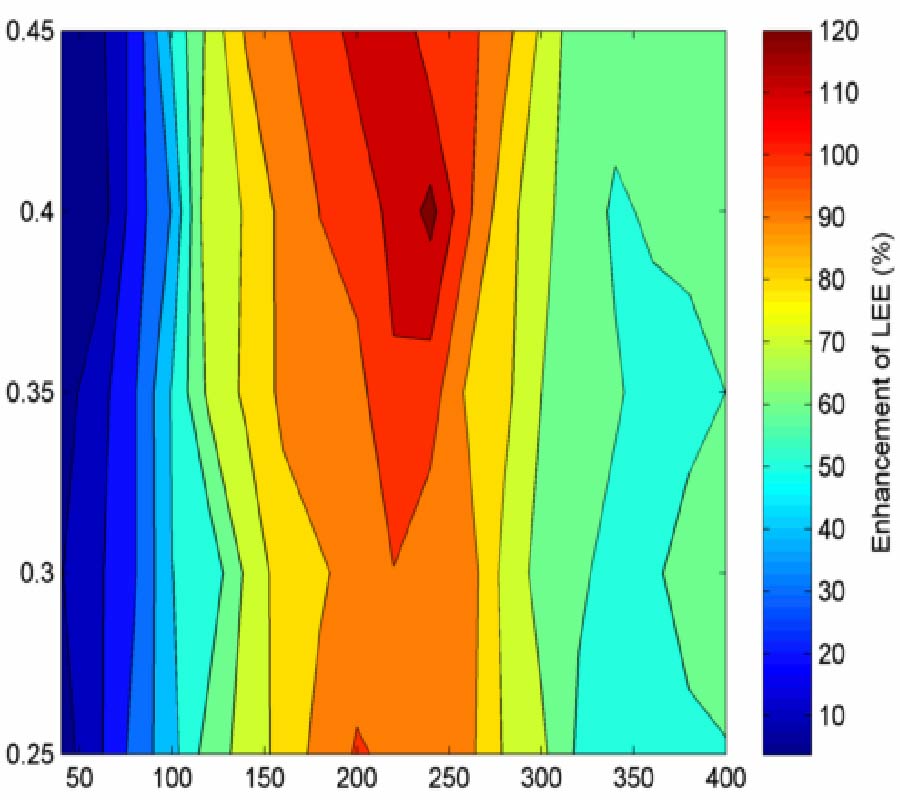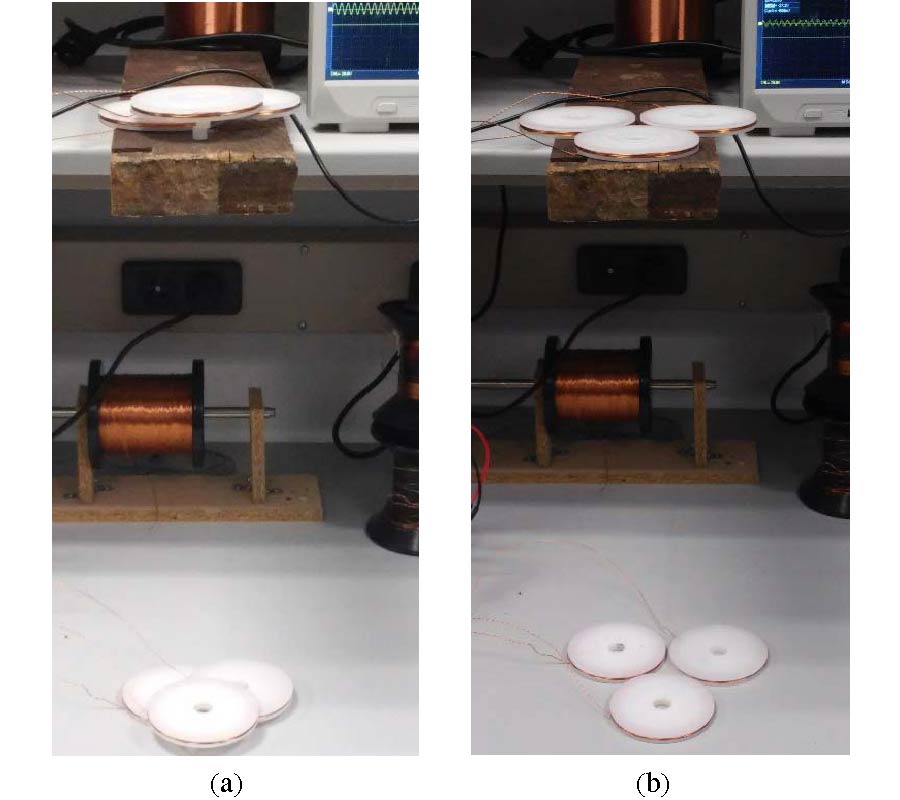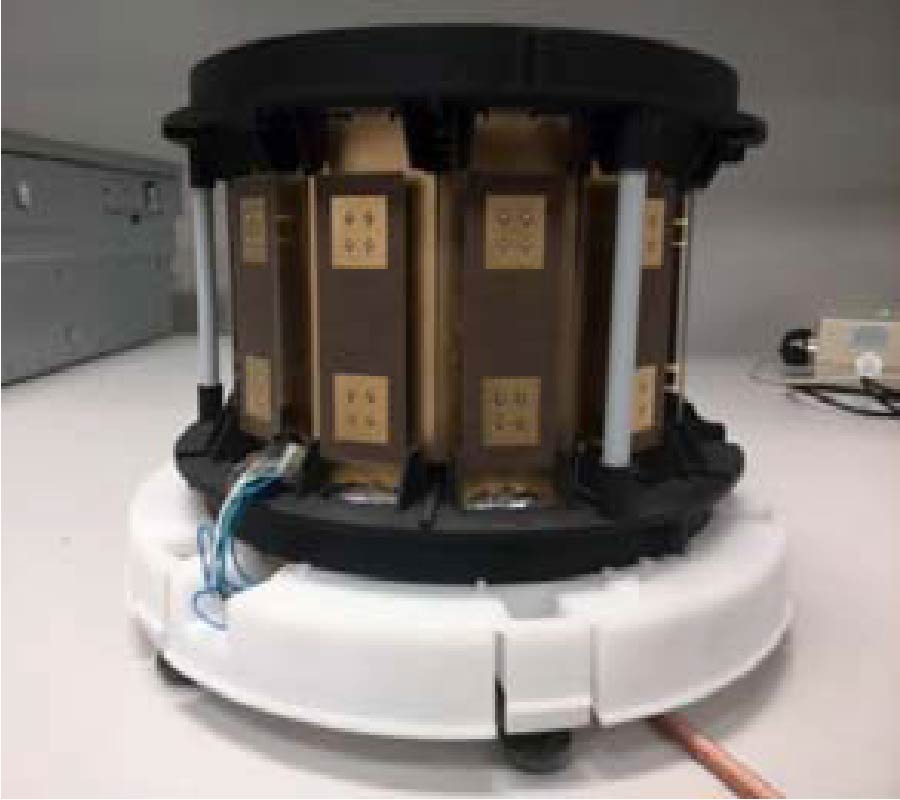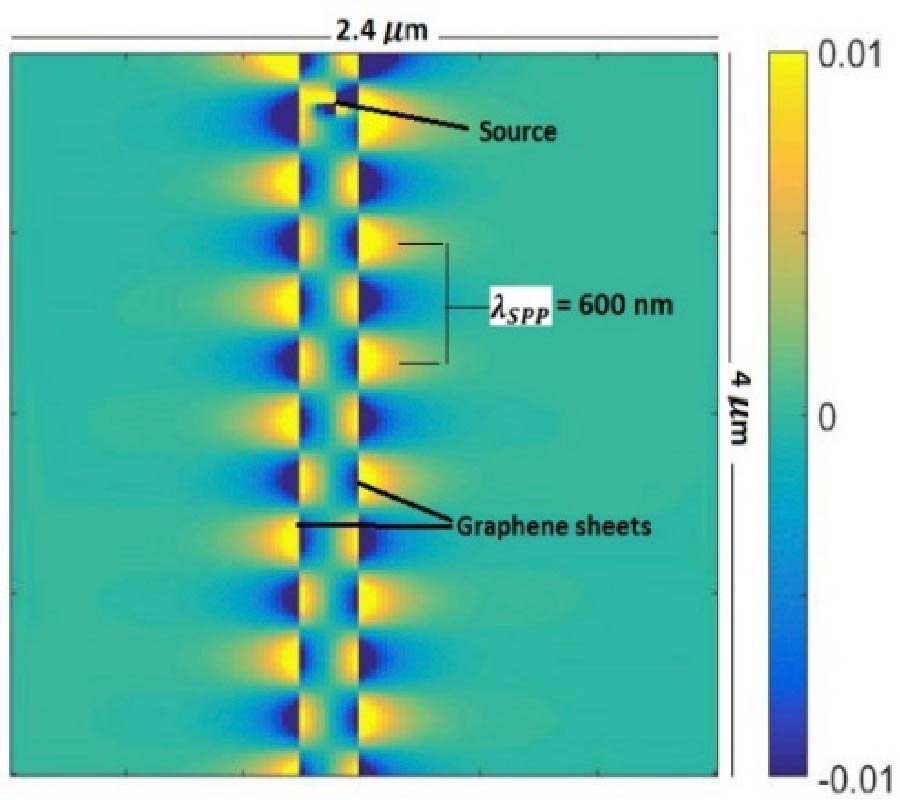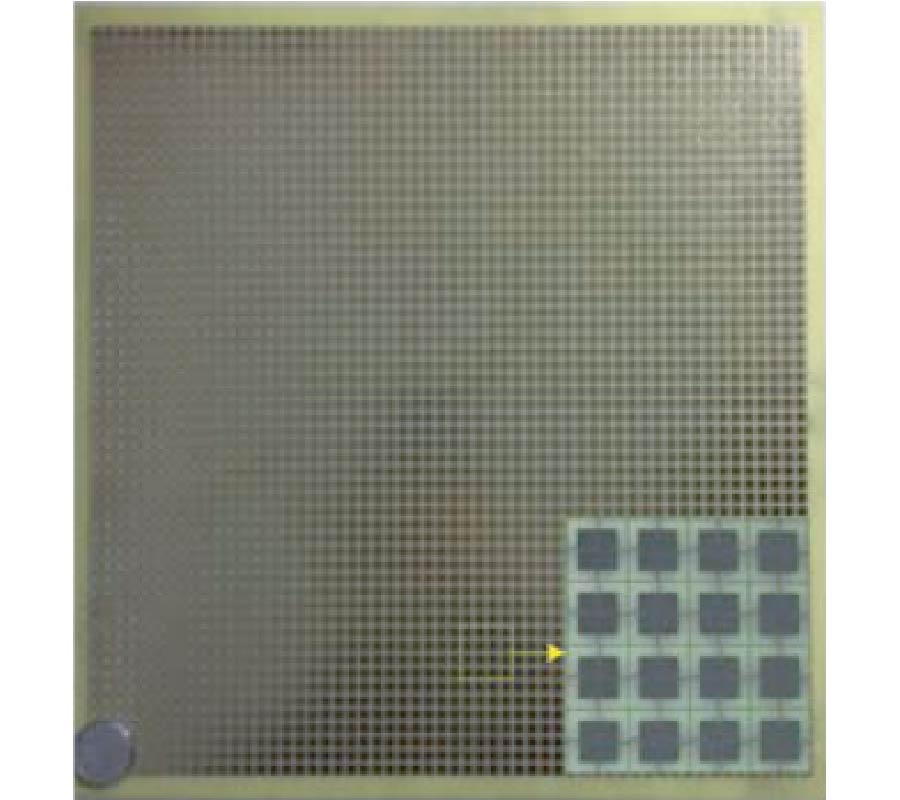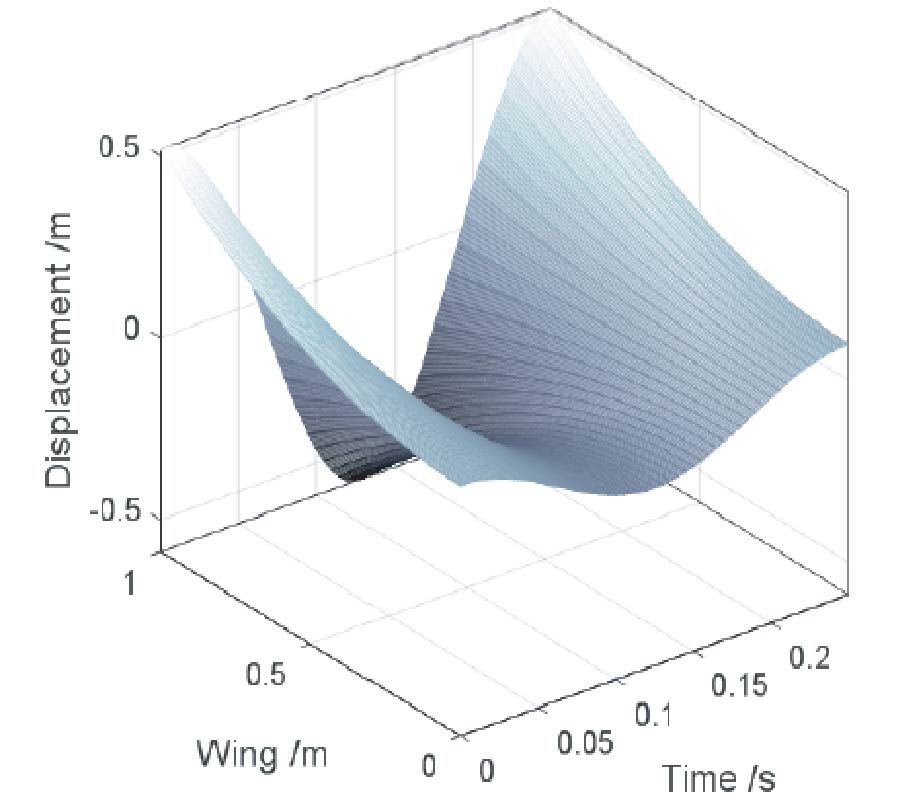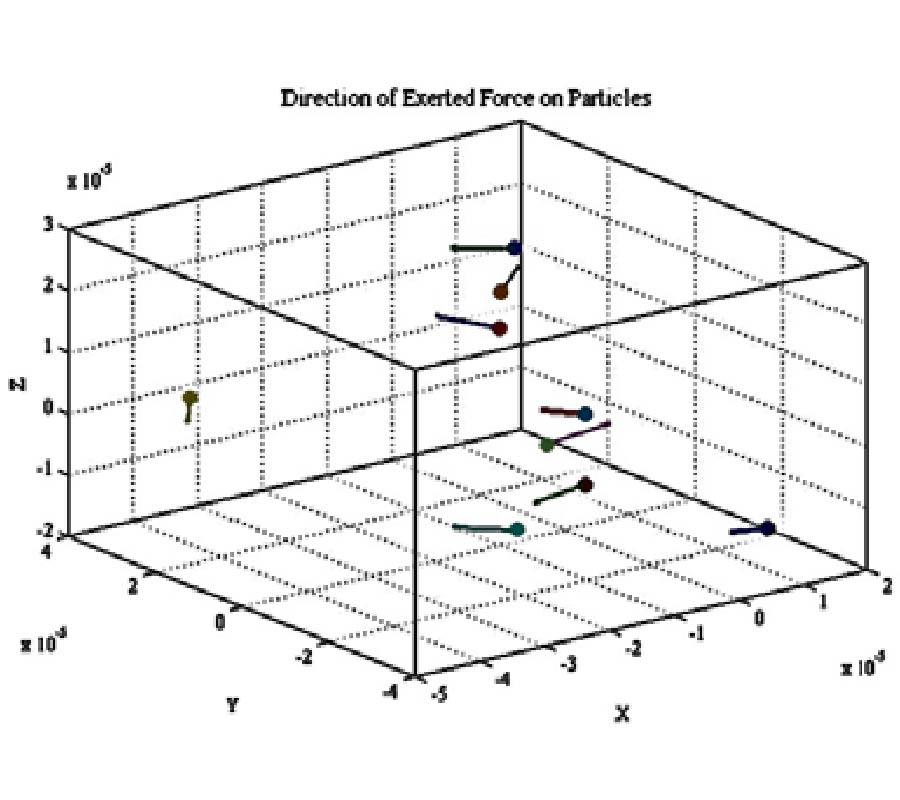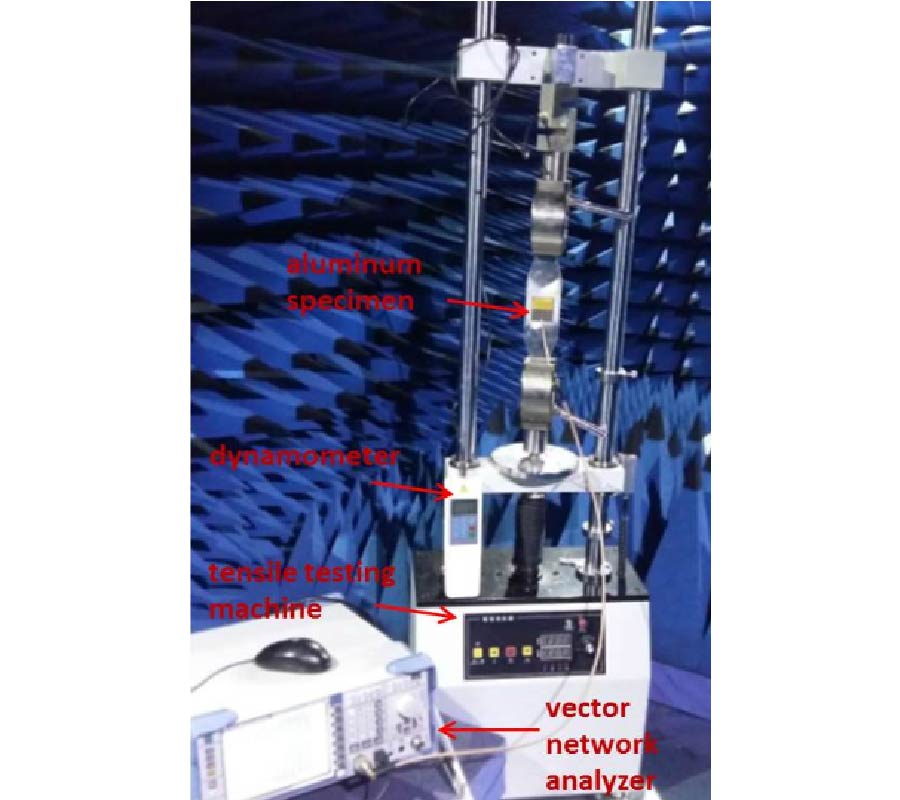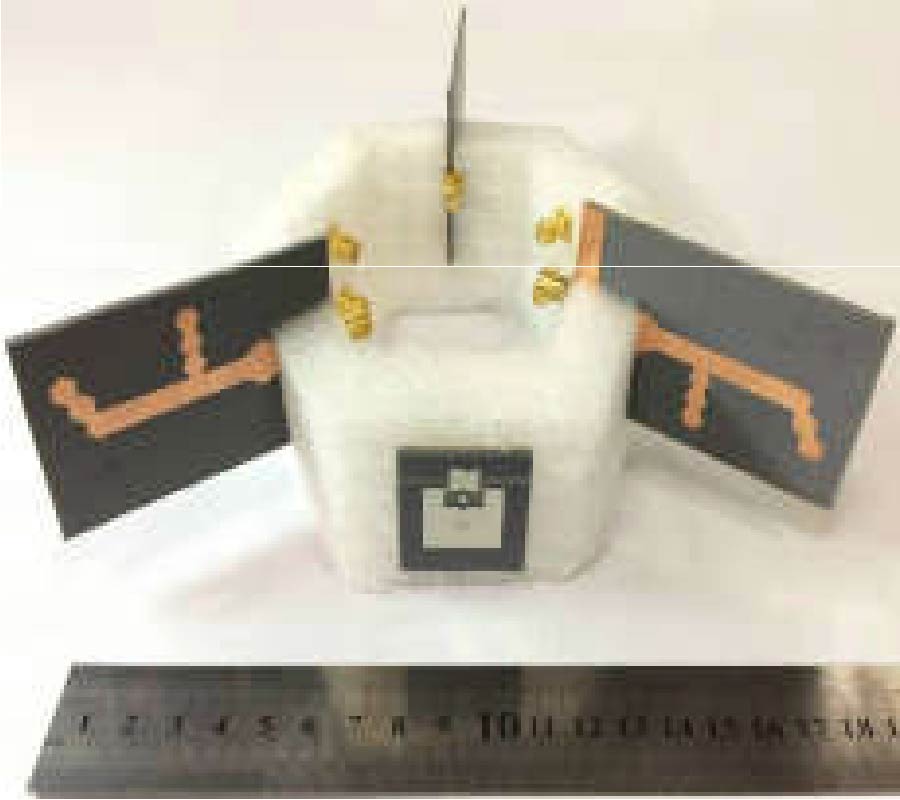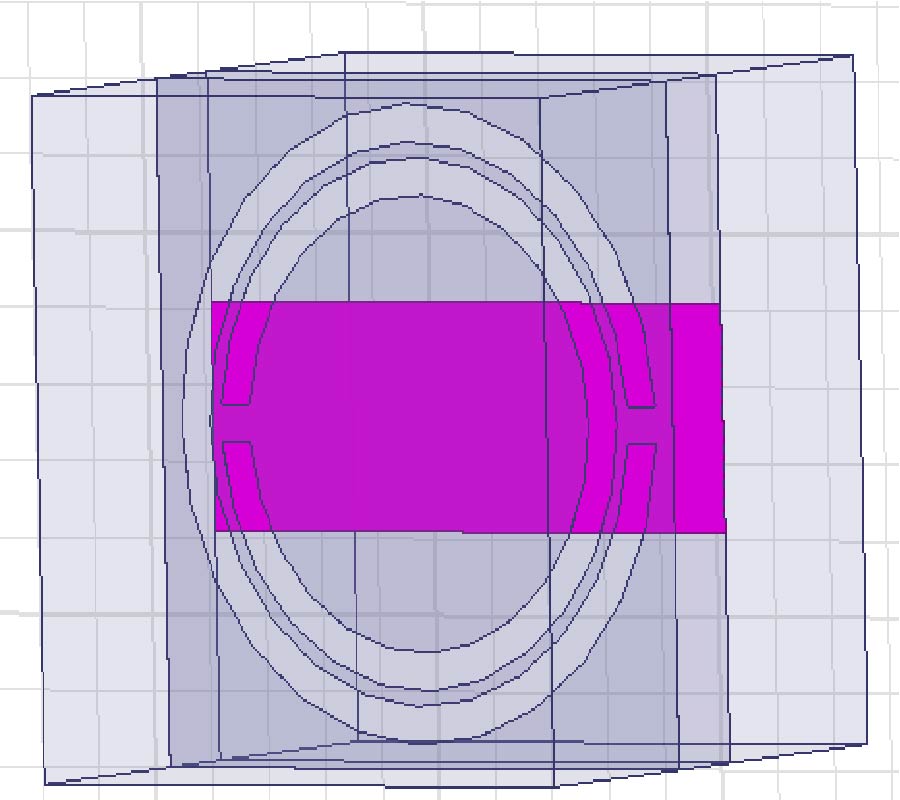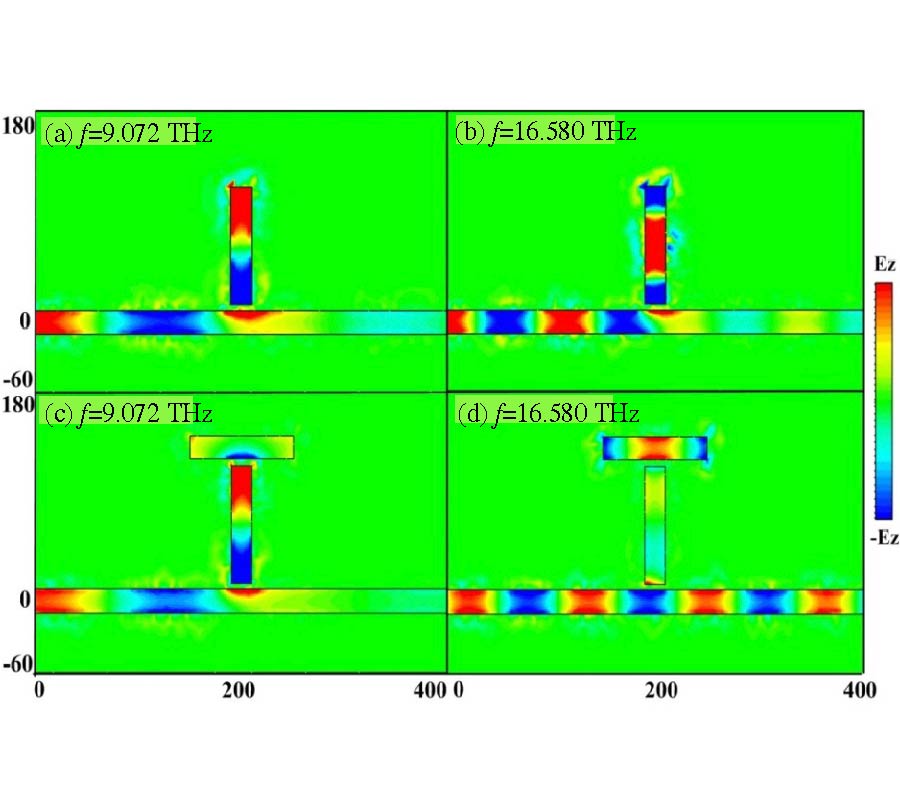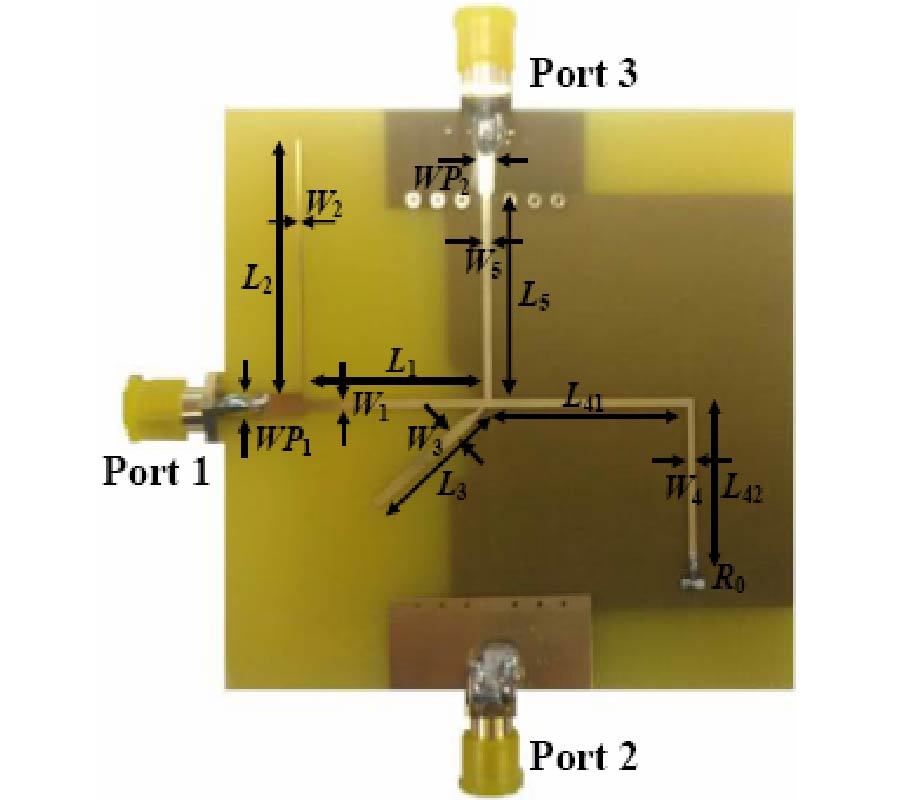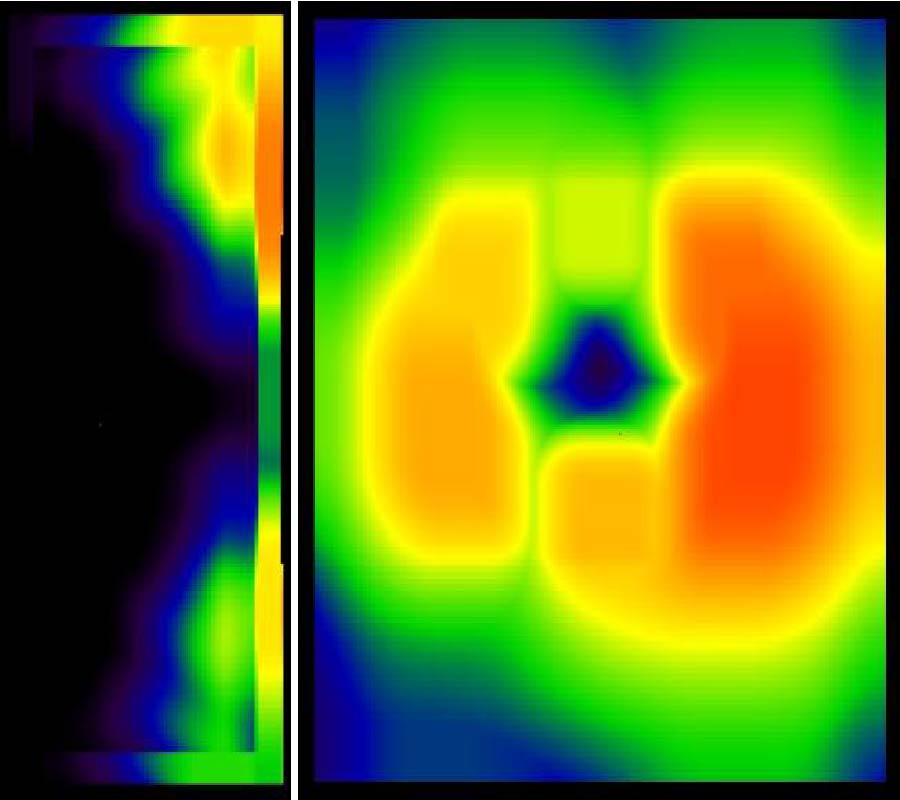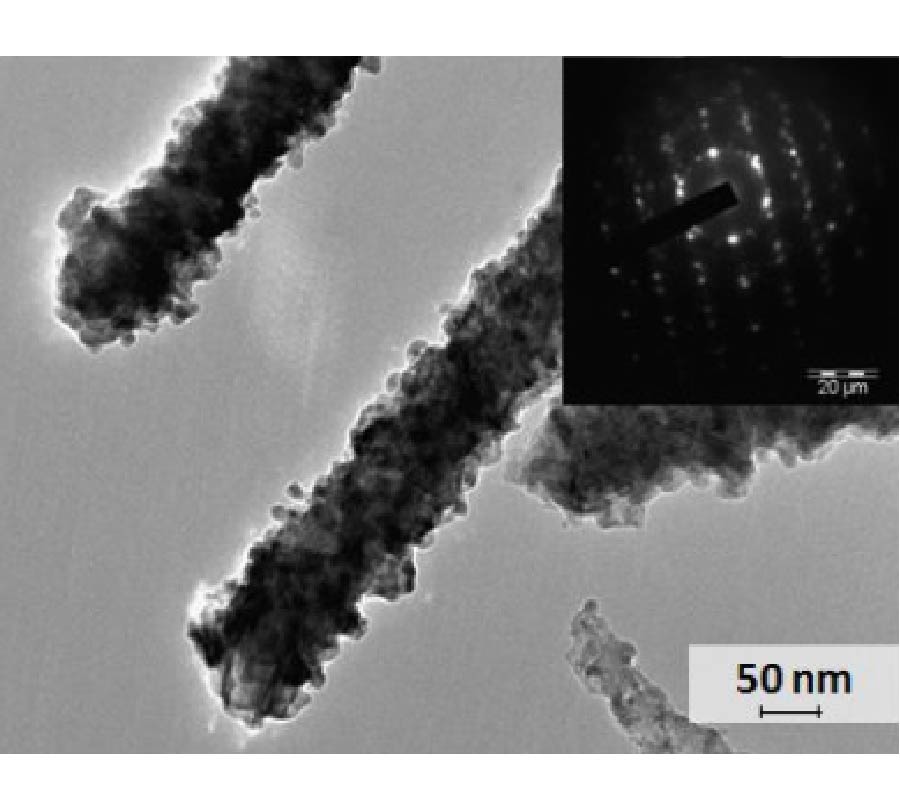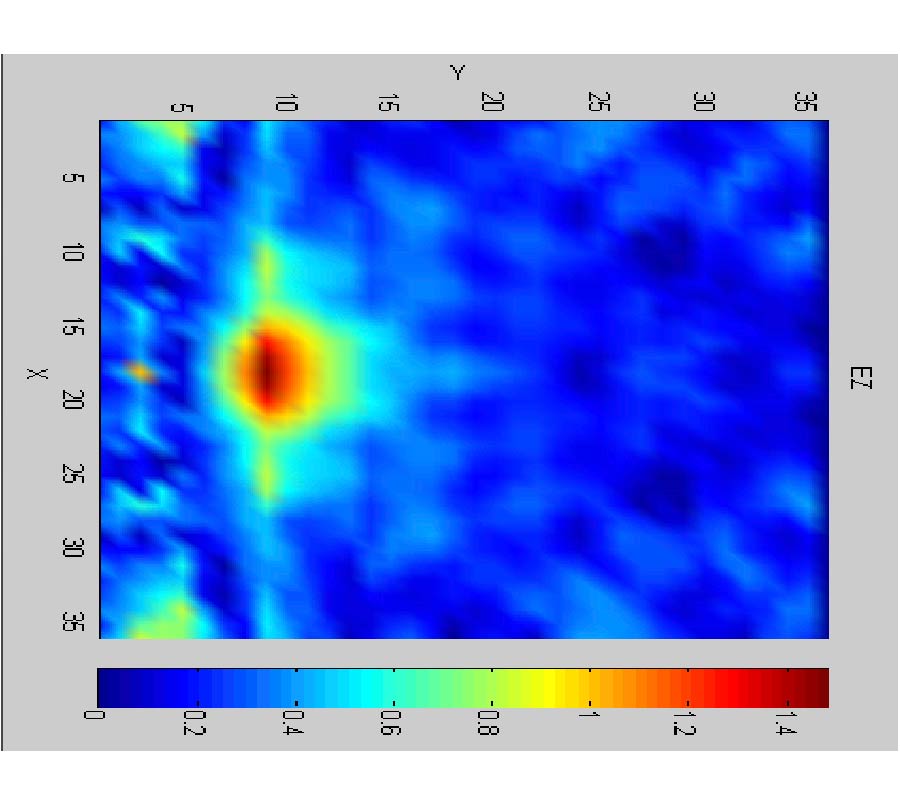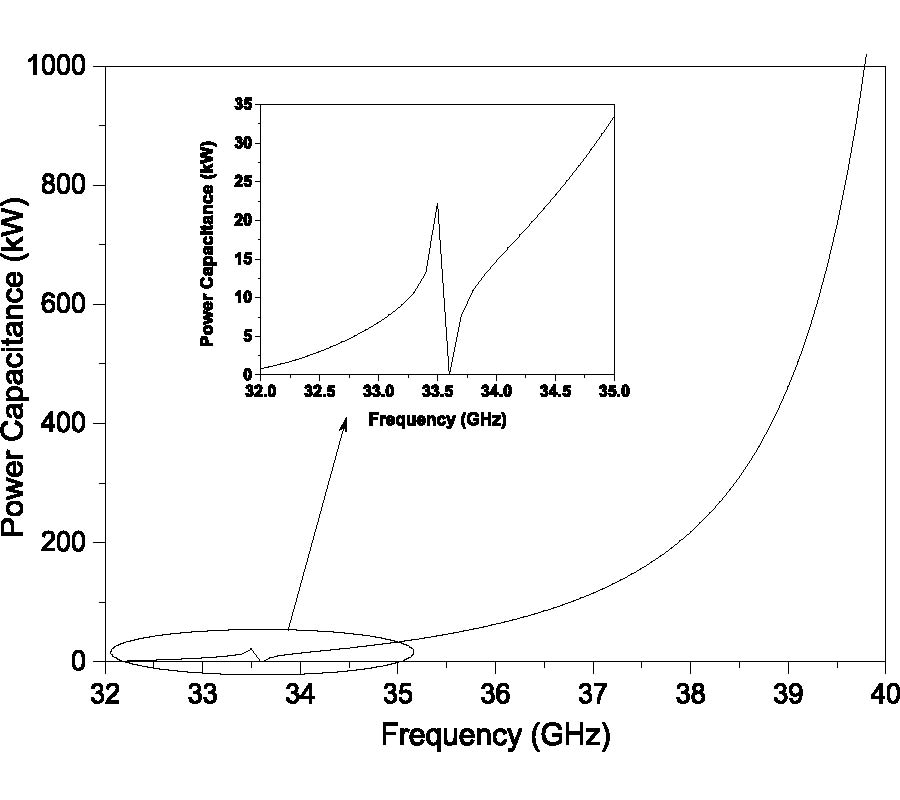Using Three-Component Hierarchical Structures to Improve the Light Extraction from White LEDs
Based on Red-Green-Blue Color Mixing Method
Meng Liu,
Kang Li,
Fanmin Kong,
Jia Zhao and
Chong-Jie Xu
In this work, we present a three-component hierarchical structure to simultaneously improve the red, green, and blue (RGB) light-extraction efficiency (LEE) of white light-emitting diodes (LEDs) based on color mixing method. With the help of 3D finite-difference time-domain (FDTD) simulations, the effects of the embedded photonic crystals (PhCs), the normal surface PhCs, and the nano-rods on the enhancement of RGB light extraction were investigated. The results were compared with those of the conventional planar LEDs and the normal surface PhCs LEDs over the whole visible spectrum. Results from the simulations demonstrated that the maximum LEE for the hierarchical structures LEDs gave 112%, 327%, and 284% RGB LEE enhancement, respectively, compared to that of the conventional planar LEDs, and achieved 104%, 191%, and 187% RGB LEE enhancement compared to that of LEDs with normal surface PhCs. The emission characteristics of the hierarchical structures LEDs were also revealed in detail by FDTD simulations. The results shown in this paper would do a favor for the design and fabrication of high efficiency LEDs.
